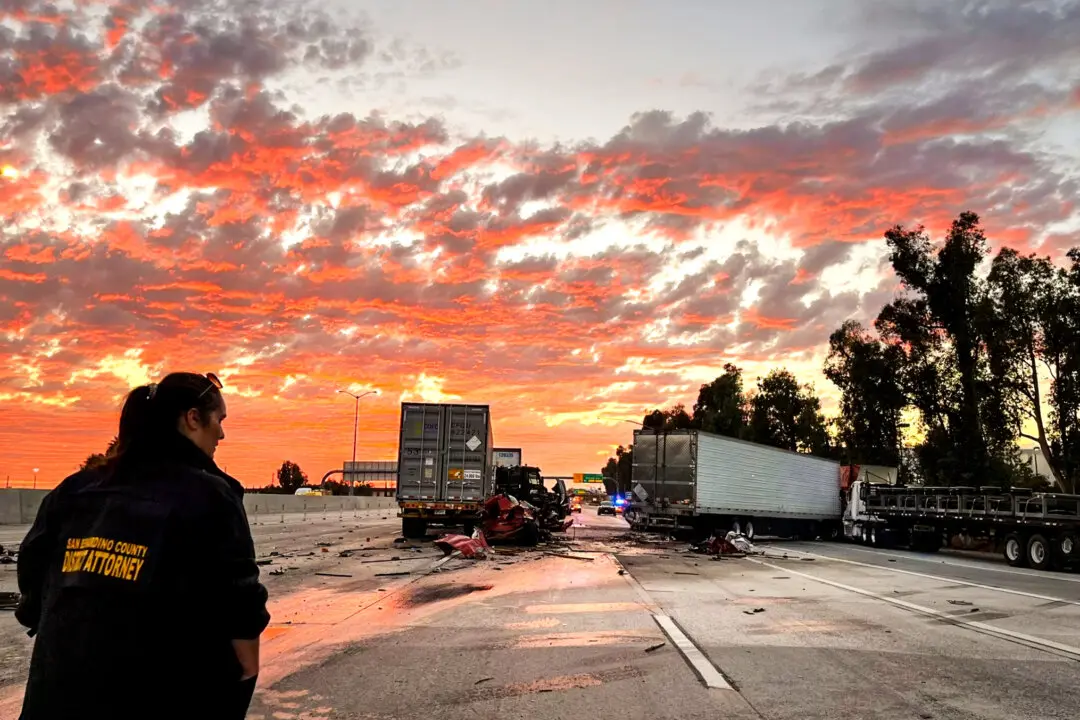SAN LUIS, Ariz.—Law enforcement along Arizona’s largely unguarded southern border with Mexico anticipate a potential surge of illegal entry when the clock strikes midnight on May 11, the official termination date of Title 42. This is despite the deployment of troops to the area.
“To some extent, we knew it was going to happen,” said Marco Santana, a veteran police lieutenant in the San Luis, Arizona, department.





